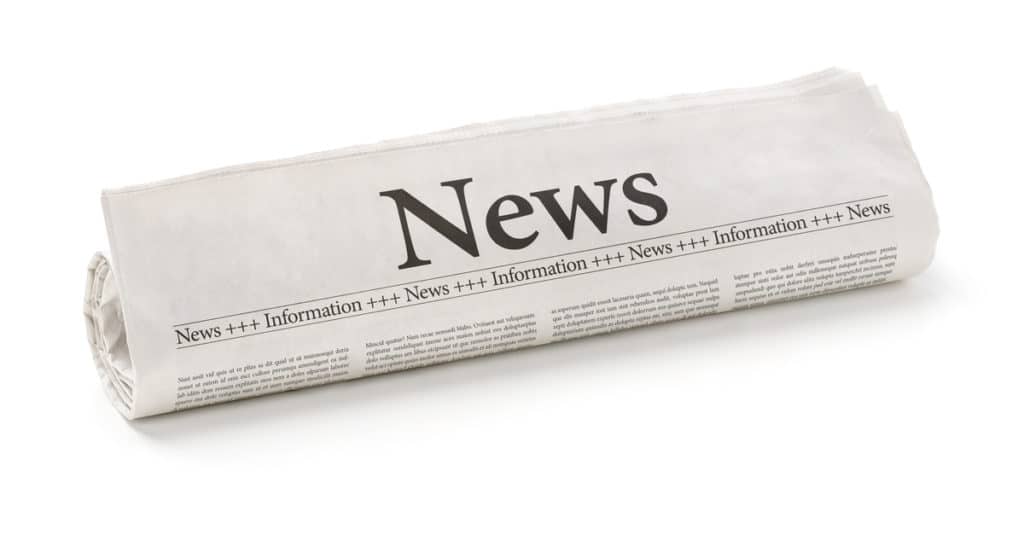We’re already into February and Punxsutawney Phil didn’t see his shadow, which theoretically means an early spring is on the way.
But before you start packing away the winter coats until next year, there’s one pressing issue: The holiday bills are coming due. And many families are struggling to pay them.
Use of Buy Now, Pay Later plans surged 14% year over year, but now customers are finding themselves buried by micropayments.
READ MORE: What is Buy Now, Pay Later?
BNPL plans have even made their way to grocery stores, allowing households to split their bills into four payments.
The surge hit as credit card debt is hitting record highs: According to the Federal Reserve Bank of New York, Americans owe a whopping $1.08 trillion on credit cards. And TransUnion reports that the average balance per consumer hit $6,088, the highest total in ten years.
And Americans don’t have the savings to cover those bills. LendingClub reported that as of September, 62% of adults are living paycheck to paycheck.
“I’m definitely worried about [the payments],” one BNPL user who racked up about $1,700 in payment plans told CNBC, adding that she will be selling clothes to earn some extra cash.
One DebtHammer survey found that more than half of BNPL customers are juggling multiple payment plans.
If you’re struggling to pay your holiday bills, DebtHammer can help. Tap here to set up a free consultation.
Super Bowl debt
Americans plan to spend an average of $115 on expenses related to Super Bowl LVIII this year, according to a survey from LendingTree. That’s up 31% over 2022.
And many people will be turning to payday lenders and cash advance apps to cover those expenses. The Dave app is capitalizing with an email ad campaign:

Whether you’re watching for the game, the halftime show, the commercials or the occasional Taylor Swift sighting, you don’t need to go into debt to pay for food and beverages to enjoy during the game. Look for low-cost options. Host a potluck or BYOB watch party, or attend a local event that’s open to the public.
Remember that 80% of payday loan borrowers can’t repay their payday loans as scheduled. You don’t want to spend the next six months paying off Super Bowl Sunday.
Consumer Financial Protection Bureau vs. Community Financial Services Association
This is expected to be a big year for the payday lending industry. The Supreme Court is set to rule in CFPB vs. CFSA, which challenges the autonomy of the most important consumer protection group in the financial sector.
The government offers almost no help with payday loans. The one exception was the creation of the Consumer Financial Protection Bureau, established in 2010 to protect people from predatory lenders after the 2008 economic downturn. The case challenges the constitutionality of the bureau’s funding.
The Community Financial Services Association of America, a trade group for the payday lending industry, filed a lawsuit in 2017 challenging a CFPB rule barring lenders from making multiple attempts to withdraw loan repayments from borrowers’ checking accounts, causing borrowers to rack up overdraft fees and penalties.
The original case was rejected by the U.S. Court of Appeals for the Fifth Circuit. However, the appeals court agreed that the way the CFPB was funded violates the U.S. Constitution’s appropriations clause.
If the Supreme Court finds that the funding mechanism is unconstitutional, no one can predict the outcome, but it likely would mean a big setback for payday loan users.

